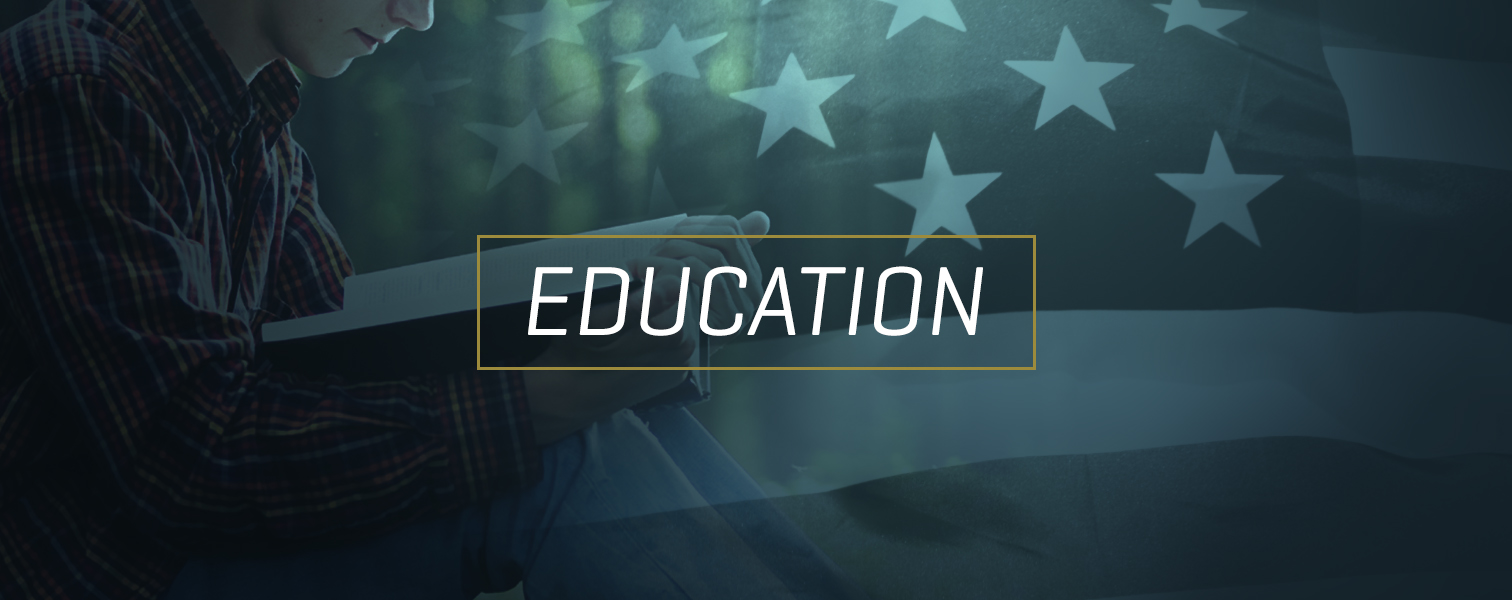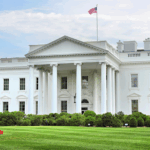The following is an article from our Living Liberty Newsletter by guest writer Representative Chad Magendanz.
Political campaigns feed on overly simplistic solutions that can be captured in catchy slogans, but the real world is rarely so accommodating.
Even sensible ideas can be taken too far, often with unintended consequences. Historically, student-teacher ratios in Washington have been steadily dropping since the 1940s. In fact, they’ve dropped by over one-third since then, so will reducing them further really make a difference?
Fortunately, in the era of big data we now have the power to go beyond asking, “What works?” We can now determine, “What works best?” And even, “Where’s the point of diminishing returns?”
Last year, the Washington State Institute for Public Policy analyzed 53 independent studies on the effects of class size reduction and compared the impact with other programs believed to improve student achievement. For the first time, they ranked evidence-based policies in terms of return on investment (ROI) and correlation with positive outcomes.
The analysis showed that while reducing class size makes a big difference in kindergarten through second grade, the benefits drop sharply in third grade, where odds of a positive ROI are only 55 percent—slightly higher than flipping a coin.
Not coincidentally, the Legislature has already committed $1.38 billion in state statute to further reducing K-3 class sizes by 2018. Initiative 1351 would extend that an additional $2 billion, which would actually cannibalize many programs shown to be more effective at improving student outcomes, such as increased student contact time, teacher mentoring programs, literacy instruction, parent engagement, tutoring and even performance pay.
While I recognize that the Washington Education Association wants to grow its membership, our priority should be to ensure we put additional resources where they’ll have the maximum possible benefit for students.
Even assuming we could find the 12,000 qualified teachers required for I-1351, we simply don’t have the classroom space to accommodate them. As it is, we’ll be hard pressed to fund construction costs for the K-3 class size reductions and all-day kindergarten programs already committed.
With union dues for each new teacher typically about $1,000 per year, it doesn’t take a math whiz to determine that the windfall for the teachers unions is about $12 million annually if I-1351 passes.
Spending millions to support the initiative for them is a smart investment, but that doesn’t mean it’s the best investment for our kids.
Guest writer Chad Magendanz (R-Issaquah) is a state representative from Washington’s 5th District. He is the Republican leader for education policy in the State House of Representatives. He is also a member of the Joint Select Article 9 Litigation Committee, which was created to address the Washington State Supreme Court on school funding legislation.












